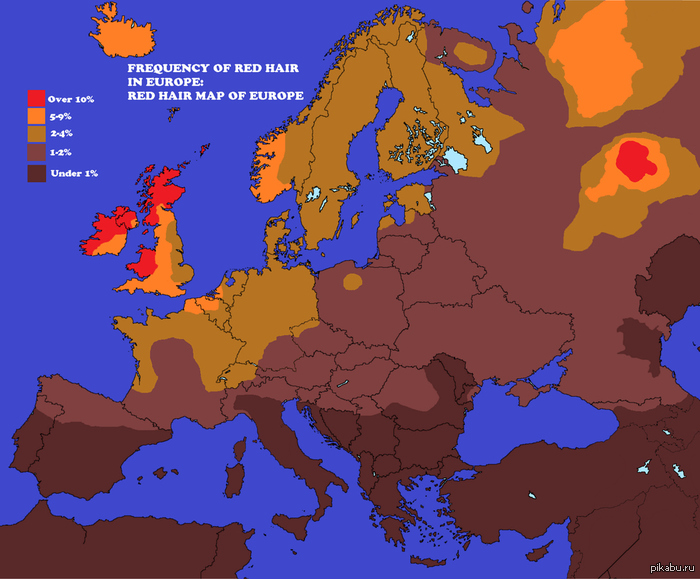Domen
Misico dux Vandalorum
You would normally expect city-dwellers to be taller than countrymen in such a society
Also hunter-gatherers are normally taller than farmers. So are - I guess - people who eat a lot of fish. As for blond hair - it is believed that this mutation originated in a single woman somewhere at the south-eastern coast of the Baltic Sea, perhaps among ancestors of modern Ugro-Finnic or modern Baltic people. I don't know when it took place, perhaps many thousands years ago. But it is still hard to believe how the Celts - who originated and lived far away from both the Ugro-Finnic and the Baltic populations - could be mostly blond, as some sources - IIRC - claimed. Unless they developed a blond hair mutation independently.
A blond hair mutation also took place among the dark-skinned Melanesians:
http://en.wikipedia.org/wiki/Melanesians
On the other hand, descendants of Celts have high frequency of red hair (contrary to what is believed that red hair is from Scandinavia):

The population with a lot of red hair in Russia which can be seen above, are the Udmurts - some photos of Udmurts:
http://s1.zetaboards.com/anthroscape/topic/4825891/1/
Spoiler :





They look pretty much like Herodotus described the Budini:
Herodotus said:The Budini are a large and powerful nation: they have all deep blue eyes, and bright red hair.
Flying Pig said:The Latin word gens and the Greek ἔθνος are often translated race, but certainly mean 'tribe'. Gentes in Rome were the extended family clans, such as the Julii, the Cornelii and the Claudii, which often competed for power and influence.
But apart from word gens there is also genus. I think gens refers to a smaller group and genus to a larger group.





